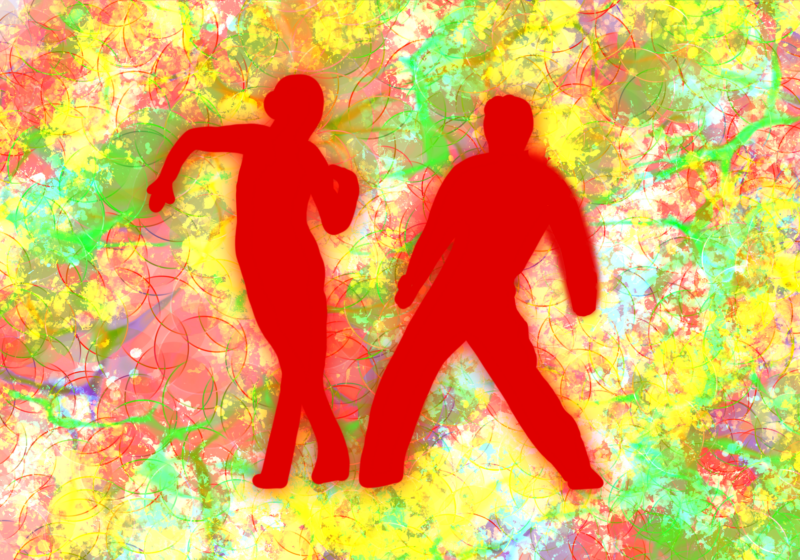In 2011, Pixar was in the middle of a golden age, and with Dreamworks contenders like “How to Train Your Dragon” and “Kung Fu Panda,” even if you hadn’t fully tapped into the uncritical joy that comes from being a young moviegoer, you were mostly guaranteed fun with any new big names in animation. But, walking out of the Village East Cinema with my dad after seeing “Rango,” 11-year-old me was pretty sure he’d seen something entirely different and special.
I’m 20 now. And I can tell you confidently that I was right. “Rango,” in 2011, was the rare big-budget work of American animation to break out of the Pixar mold. Its visual style has never been replicated and remains fantastic. Its surface-level story, easy enough for a kid to grasp, treats the viewer with respect and delivers an important message about responsibility and the necessity of political action. But where the movie makes itself immortal is in its meta-narrative structure.
The protagonist, a chameleon played by Johnny Depp, finds himself ejected from his terrarium in the back of someone’s car and ends up in the town of Dirt. He adopts the persona of “Rango,” a fearless gunslinger whose supposed escapades become increasingly elaborate and ridiculous as he tries desperately to be popular. He’s charismatic, and it works, but the newly-appointed Sheriff Rango is unable to deal with Dirt’s corrupt, water-stealing mayor and his enforcer, the sinister, stories-high Rattlesnake Jake.
(Spoiler warning for this paragraph — please just watch “Rango.”) Rango flees back into the desert, but after an encounter with the “Spirit of the West” — clearly Clint Eastwood’s Man With No Name — learns that “no man can walk out on his own story.” He returns to Dirt, gives the evil mayor the boot, gets the girl, and ends the story having become the archetypal Western hero he was pretending to be the whole time.
“Rango” is many things — a Western, a comedy, a call for environmental and class justice — but most importantly it is an exploration of impostor syndrome. The chameleon begins the story confused and lost, mimicking the hardscrabble world around him trying to blend in, but adopts a persona that grows larger than him very quickly and runs from it. In the end, he realizes that the measure of a person is not words but deeds, and comes back to face down the problems he created, assuming responsibility, shedding his status as an outsider, and truly becoming Rango. The hero’s journey is only complete when he fully adopts his identity and his duty to the people and the place that has become his home.
Director Gore Verbinski reunites with Depp and composer Hans Zimmer on “Rango” to create something that comments on and exceeds the project that first brought the three together, “Pirates of the Caribbean.” The question “Rango” asks is , “What is Jack Sparrow’s internal monologue?” How do these larger-than-life, force-of-nature heroes come to be, and who are they, really?
According to “Rango,” and in the words of (hugely underrated Seattle rap duo) Common Market’s MC RA Scion, “They say life is what you make it, when really life is what makes you.” We aren’t always what we want to be, or who, but at the end of the day we are who we’ve become, and if we step up and be who we need to be, we’ll make real change in the world and find, like Rango does, that our stories make a lot more sense.






